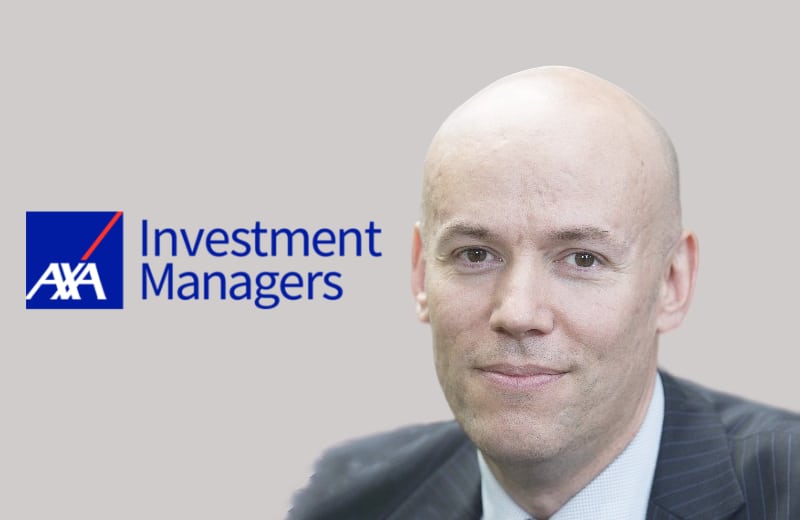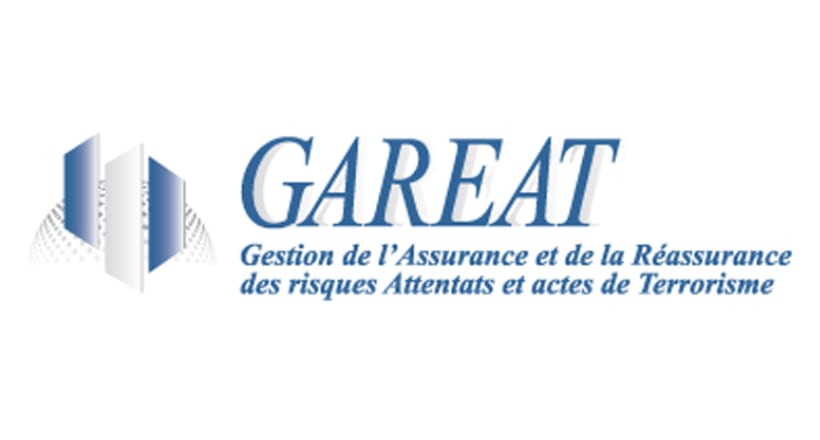With the insurance-linked securities market continuing its expansion, the secondary market is becoming more liquid, enabling ILS managers to adopt more dynamic allocation strategies while offering improved access to capital at the portfolio level, as per François Divet, Head of ILS at AXA Investment Managers.
 According to Divet, in addition to growing in size, the breadth of perils covered in the ILS market is also increasing, with significant growth of non-natural catastrophe risks.
According to Divet, in addition to growing in size, the breadth of perils covered in the ILS market is also increasing, with significant growth of non-natural catastrophe risks.
Because of this, ILS portfolios are reportedly becoming more diversified, both from a peril and a geographic perspective.
“Crucially, this means that ILS managers can be more selective. The ILS market has more than doubled in size since 2013. As the market grows, ILS managers are better able to invest only in areas where they can relatively accurately assess the level of risk and where they have a solid conviction,” Divet said in a recent report on the matter.
As mentioned, an additional positive implication of the growing market is that the secondary market is becoming more liquid.
“In 2023, there were record trading volumes on the secondary market. This allows ILS managers to be more dynamic in their allocations, and it also provides better liquidity on a portfolio level,” Divet explained.
However, while the size of the market is clearly positive from a selectivity, diversification and liquidity standpoint, Divet observed that the same rule does not apply when it comes to the size of the portfolio manager.
“Experience and expertise are important factors when choosing an ILS manager, but so is size. A smaller portfolio manager can, by definition, be more selective when allocating capital,” he noted.
Divet went on, “While the ILS market is growing, it is nowhere near the size of other more mature alternative credit asset classes. This means that large ILS portfolio managers might, at times, be forced to deploy capital in less attractive parts of the market.
“A smaller portfolio manager is – simply put – less likely to have to lower their standards when screening issuers and perils. Compared to some other, slightly larger ILS investment managers, we are more likely to be able to exclude perils and issuers that do not fit our risk/return criteria.”
He concluded, “It’s important to keep in mind that selectivity is key in this technically complex market, and that being smaller can often allow managers to be more selective.
“In a market where risks are impacted by climate change and in which new and more diverse perils are covered each year, selectivity will be the main driver of performance.”
Also read: Selectivity & climate insights vital for ILS investment success: AXA IM’s Divet.















)





 English (US) ·
English (US) ·